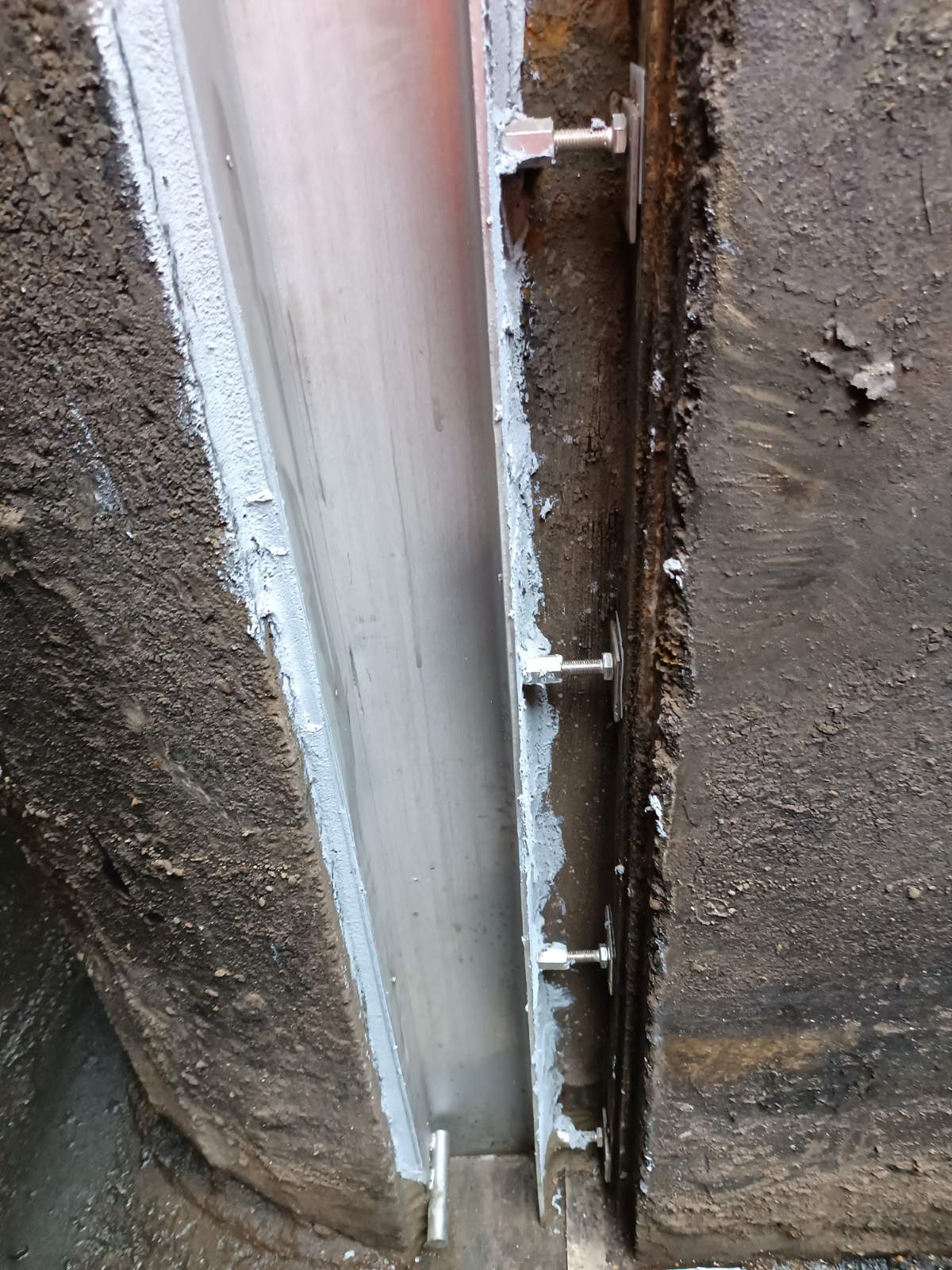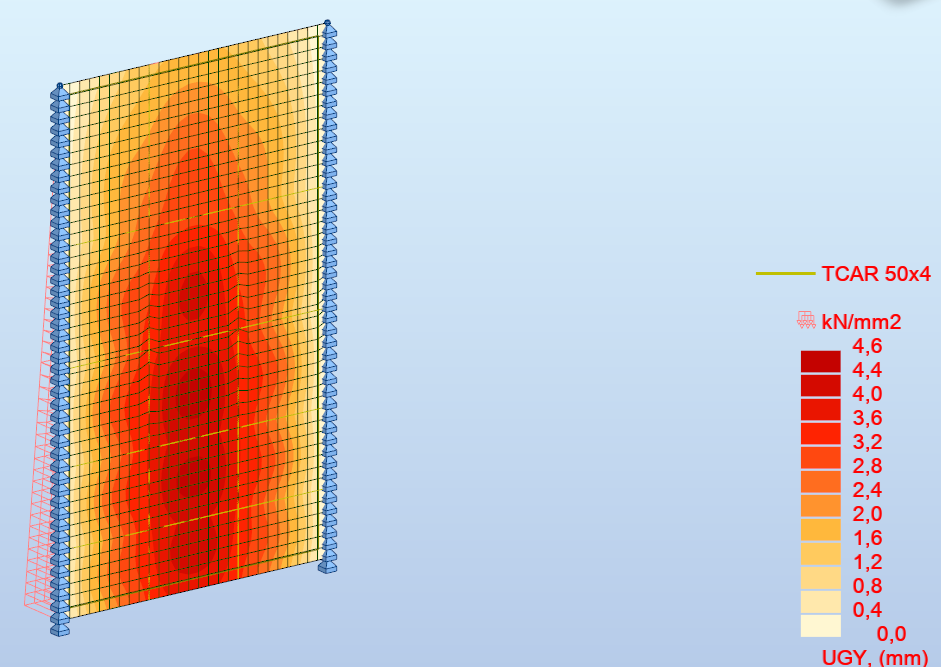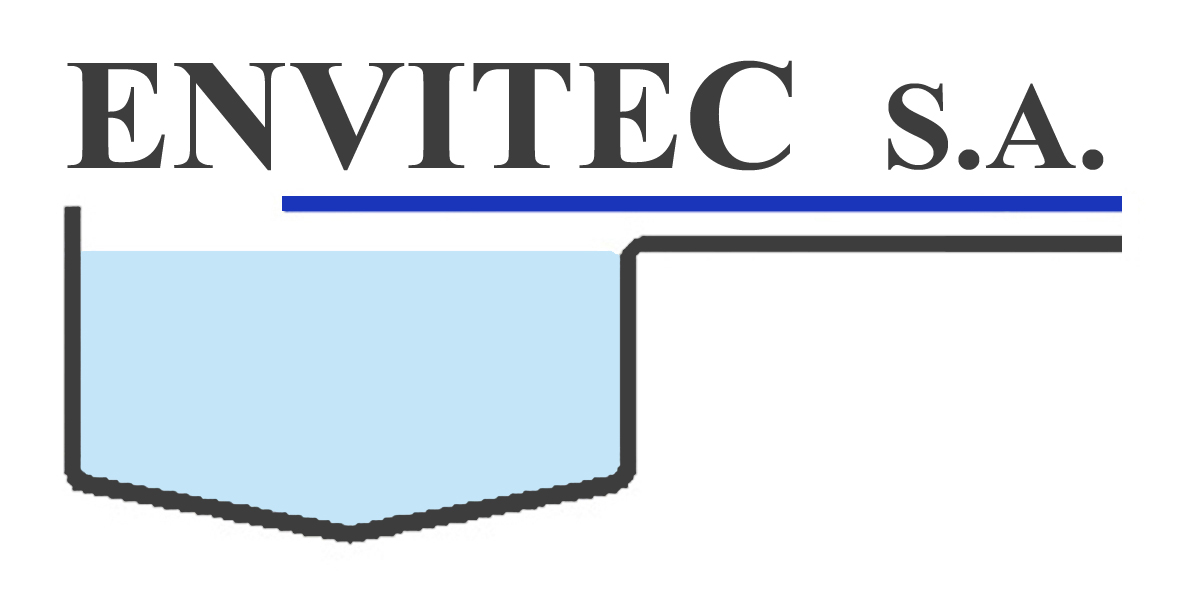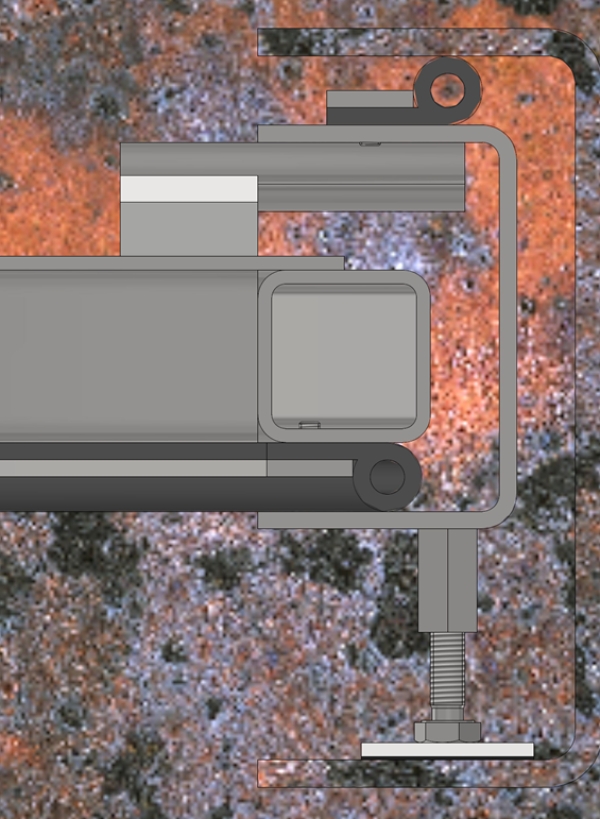Once again proving its technical ability to operate under highly demanding conditions, ENVITEC S.A. successfully completed complex penstock replacements at the Chania Wastewater Treatment Plant (WWTP). This is a critical facility that, during the high tourist season, treats sewage equivalent to a population of up to 150,000 people.
The existing channel penstocks were made of carbon steel and fully embedded in the concrete structure of the WWTP channels. These units have suffered serious corrosion since they were installed 30 years ago and required full replacement. The conventional approach—removal and concrete-integrated reinstallation—would entail prolonged construction times and necessitate temporary redirection of wastewater directly into the sea, an environmentally unacceptable and operationally unviable solution.
Given that the international market lacked a standardized and reliable alternative, ENVITEC’s R&D department undertook the challenge of developing a custom and innovative solution tailored to the particular technical constraints of the project.


Technical implementation without structural intrusion
While embedded-frame penstocks are undoubtedly the ideal solution, replacing such frames is a time-consuming process. It involves removal of surrounding concrete, enlargement of the hosting groove and the use of fast-setting repair mortars under controlled humidity and adhesion conditions.
Taking into account the dimensions of the existing frames and aiming to avoid such invasive interventions, ENVITEC designed and implemented a tailor-made retrofit solution that fits within old penstock frame.
Specifically, a channel-type stainless steel penstock was constructed and installed inside the existing frame. This penstock is of the conventional type, achieving tight sealing in the closed position on three sides using P-profile rubber gaskets.
 To ensure tight adaptation to the existing structure, the new penstock also includes a P-profile sealing gasket on the outer front-facing side of its frame and anchoring bolts on the outer rear side. When the bolts are rotated in the opposite direction, the new frame is released and within a very short time the new frame can be removed for maintenance or replacement of worn parts.
To ensure tight adaptation to the existing structure, the new penstock also includes a P-profile sealing gasket on the outer front-facing side of its frame and anchoring bolts on the outer rear side. When the bolts are rotated in the opposite direction, the new frame is released and within a very short time the new frame can be removed for maintenance or replacement of worn parts.
This method reduces the intervention time to an absolute minimum and requires only temporary isolation and drainage of the channels. The old frame was cut at floor level and remained in place as a passive structural element.


